Interview with Shailesh Chandra, President, PV Business, Tata Motors
In a freewheeling chat on the sidelines of the Tiago EV launch, we discuss with Shailesh Chandra, President – PV Business, Tata Motors, the feedback and learnings from the Nexon EV, the development of the Tiago EV and what he thinks about the Hybrid vs EV debate.

In a freewheeling chat on the sidelines of the Tiago EV launch, we discuss with Shailesh Chandra, President – PV Business, Tata Motors, the feedback and learnings from the Nexon EV, the development of the Tiago EV and what he thinks about the Hybrid vs EV debate.
You’ve had quite a bit of success with the Nexon EV in India. How has the customer feedback been about the car and its range?
As far as feedback from Nexon customers goes, to start with, there were a lot of awareness issues. There was a lot of feedback on the range of the Nexon, some of the range variations were very high and then we checked the telematics data about how people are driving, how is the use of the regeneration function. We even had open sessions with customers on video conferencing and on the basis of that we kept improving our vehicle program and algorithms. This resulted in the optimisation of the Nexon EV’s software and as a result, the variation in range came down significantly. In some cases, customers were facing certain issues that other customers were not facing, so we took that feedback and further refined the product. We also received feedback on how the behaviour of the car changes based on the season and the weather and how we can further optimise the performance of the car.
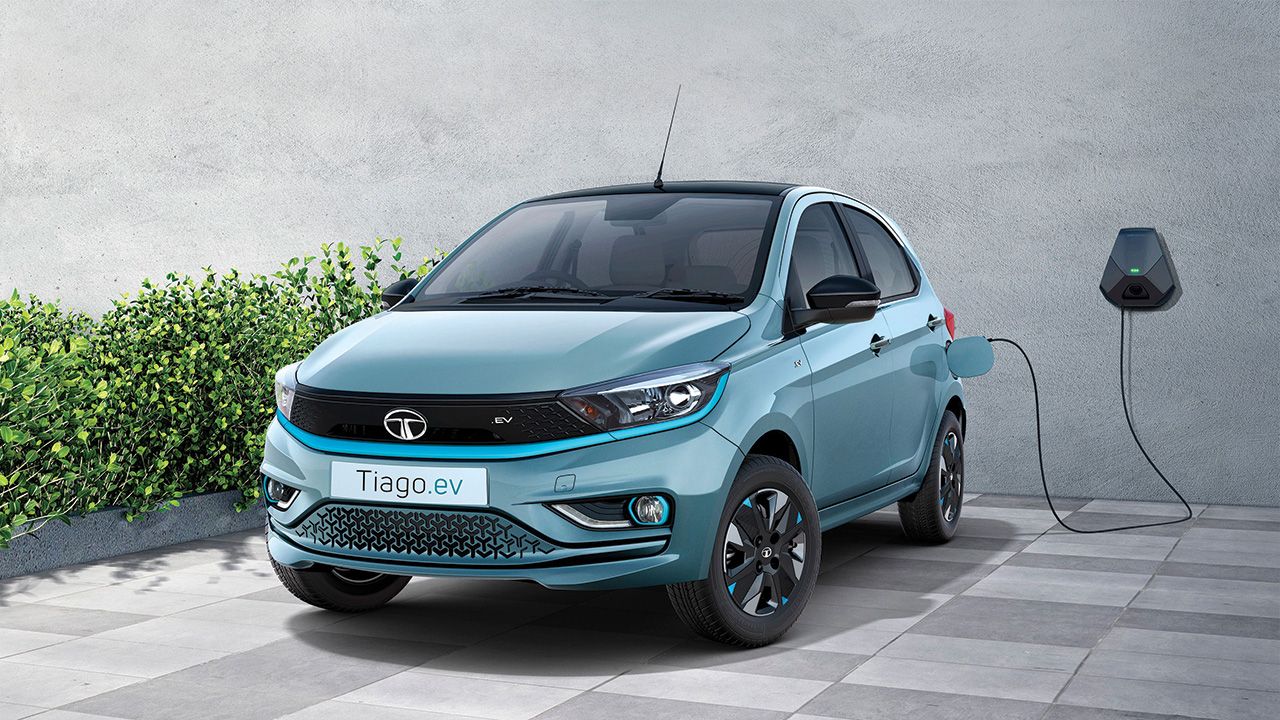
Modifying an existing platform to accommodate electric running gear is always a challenge. How much of that was a challenge for you with the Tiago?
Packaging is especially a challenge, therefore not many OEMs have gone with the split battery packs that we use. First, we experimented with the Tigor and it was very successful, and we learnt a lot from it and you’ll see that with the Tiago EV, in the way that we have designed the split battery. Earlier those split batteries were actually two different battery packs and this time there is a bridge between the two portions that connects the two. So, the packaging is the only problem in adapting an existing product to an EV, and the other aspects are all advantages. For instance, the huge scale of ICE platforms allows us to drive down the cost of the platform and the vehicle. The same platform also allows us to use the same manufacturing line as the ICE variant, so your manufacturing efficiencies are higher. Your capital costs of development are also much lower because you already have the body shell, body parts, interiors and other features and all you have to do is adapt the battery pack and the EV powertrain. So, it’s always an optimisation game between cost, battery pack size, and range. I hope that with the Tiago EV, we’ve managed to hit the sweet spot.
Till we switch to a full EV ecosystem, what is your point of view on Hybrids? Do you think they have a place in the Indian market?
Hybrids are many-a-time compared with EVs, I think that comparison is not right for a simple reason, why is electrification being pursued? Because what seems to be emerging is that EVs are the technology that is going to help you meet COP26 norms. That is also why Europe has declared a complete ban on the sale of ICE vehicles, including Hybrids, by the year 2035. So EVs are an eventual technology which is going to support our larger macro trend, and Hybrid is not an answer to meeting COP26 or the European norms. Hybrids do have an elongated lifetime compared to a petrol or diesel engine from a survival perspective. So, if the ultimate objective of COP26 is not being met, then the debate of Electric vs Hybrid has no meaning. Hybrids are essentially here so that OEMs can meet the requirements of stringent CAFE norms as far as total emission levels are concerned, so for me, it’s a technology that enables companies to meet compliance requirements. It is also a technology that also helps improve the fuel efficiency of a vehicle, so I’m saying it’s ultimately an ICE technology that helps meet these two objectives. On the other hand, EVs support a larger, long-term transition. For us at Tata Motors, we’re able to meet the CAFE norms with just 3% EV penetration, we’re already at 8.5%, and with the Tiago EV, we’ll be in the double digits, possibly we’ll be able to sell carbon credits. That is the reason that I don’t think we need a Hybrid option.
Read more:
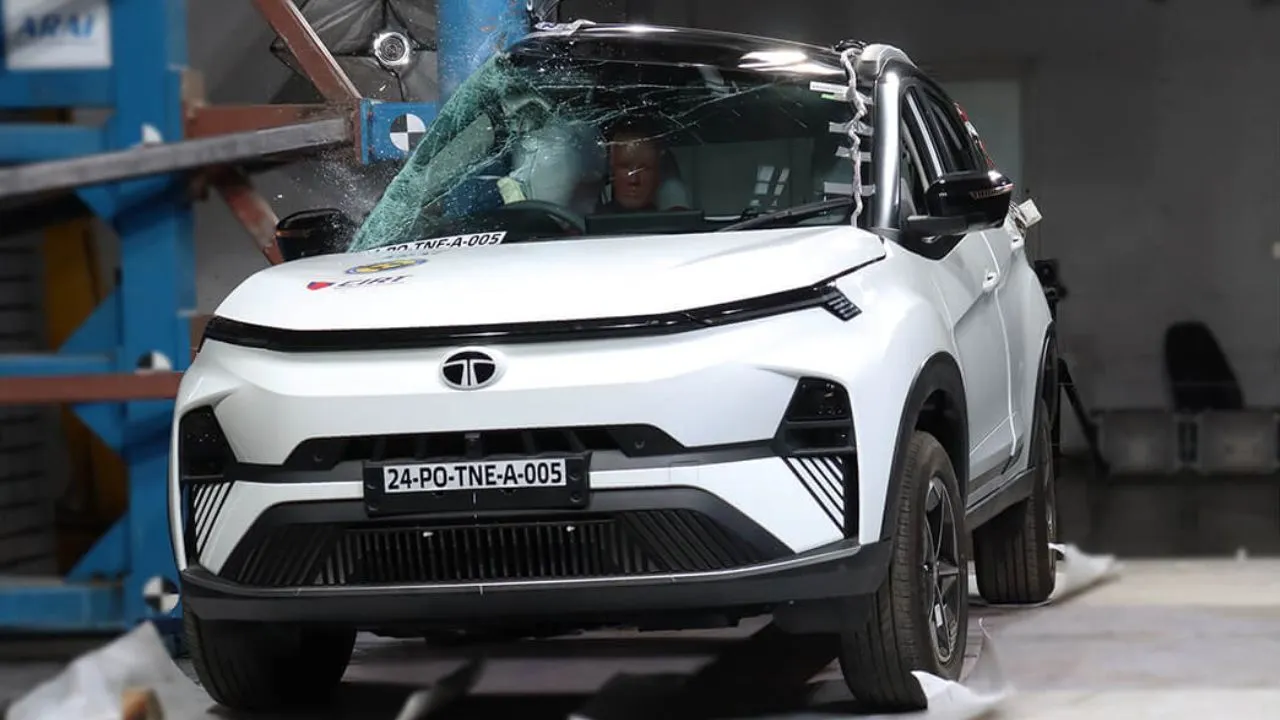


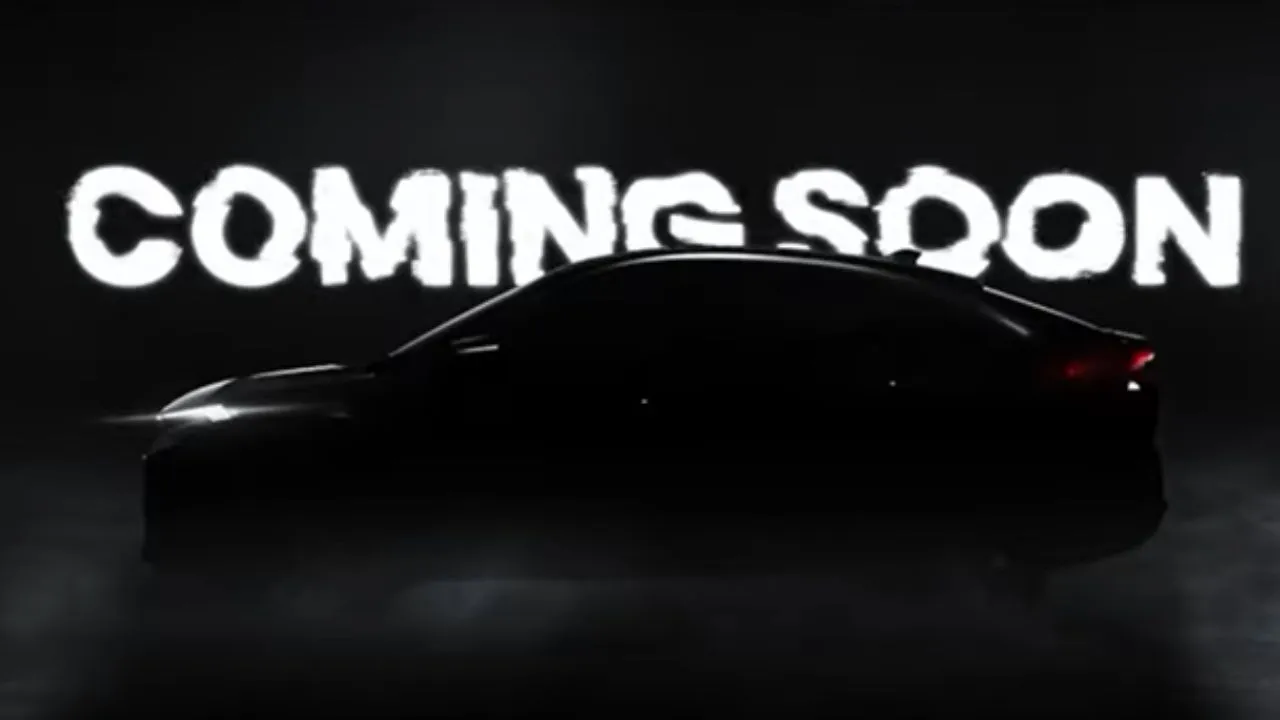






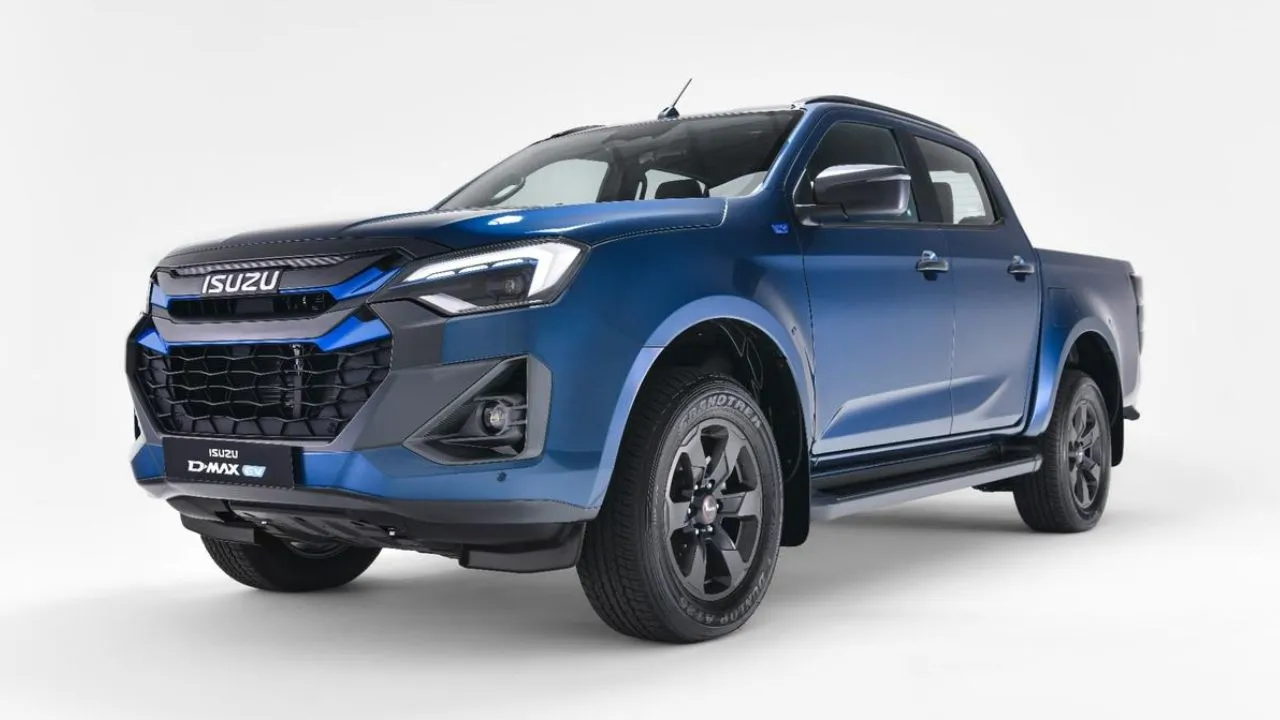

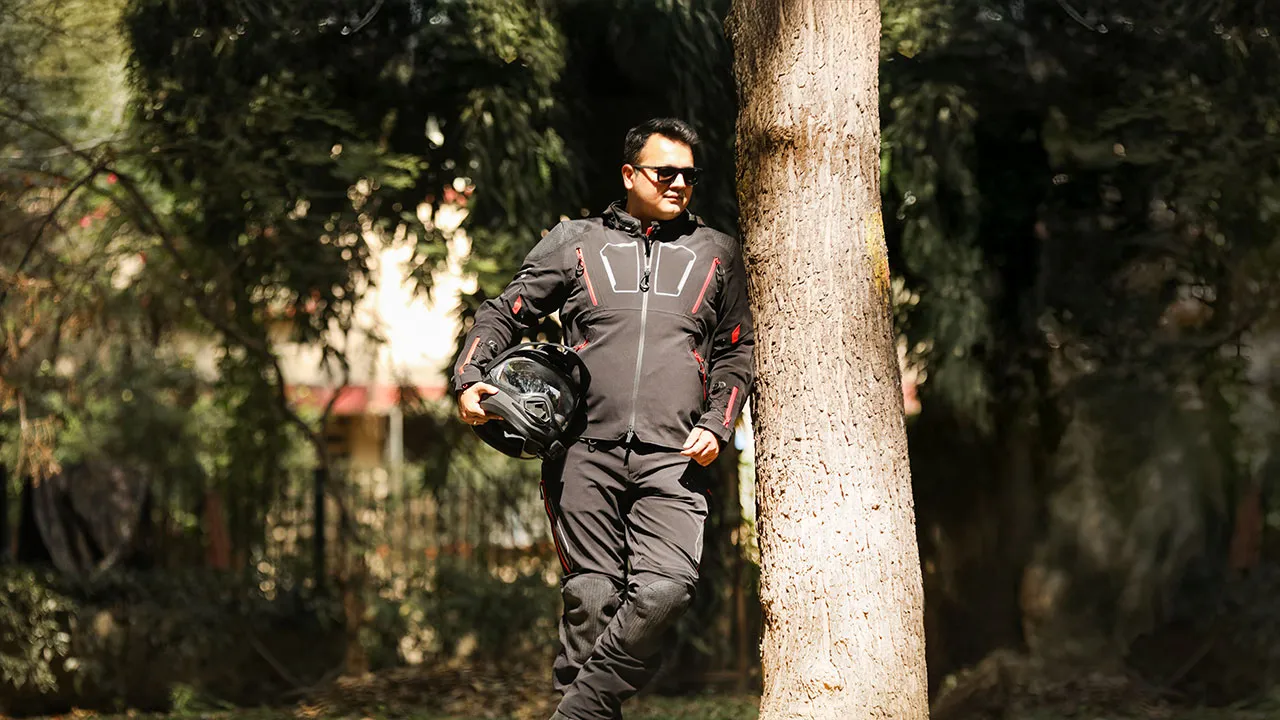
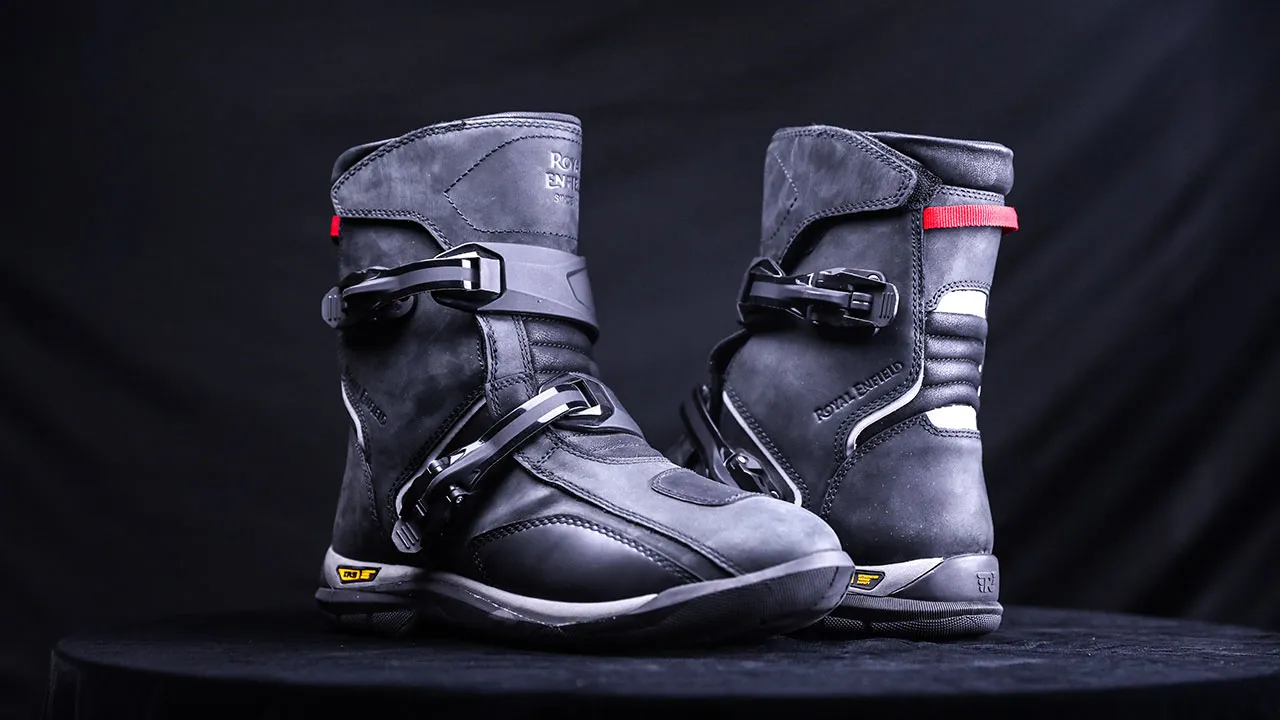
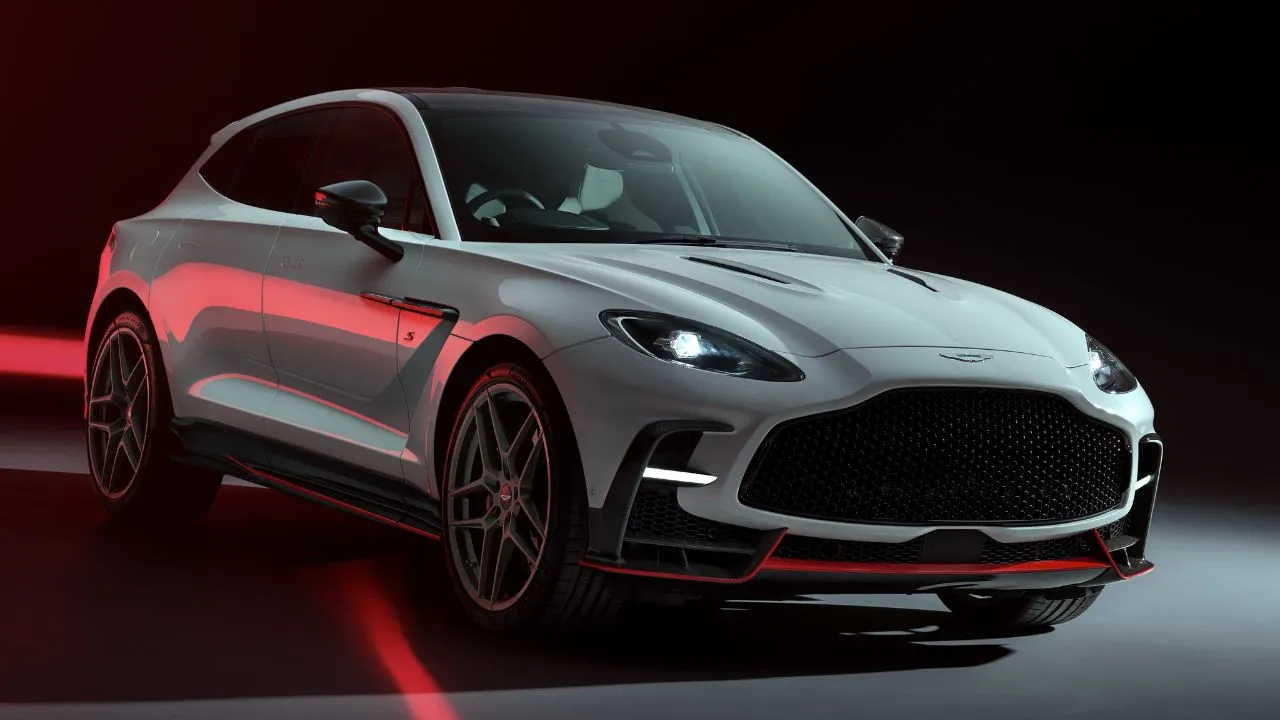
Write your Comment on